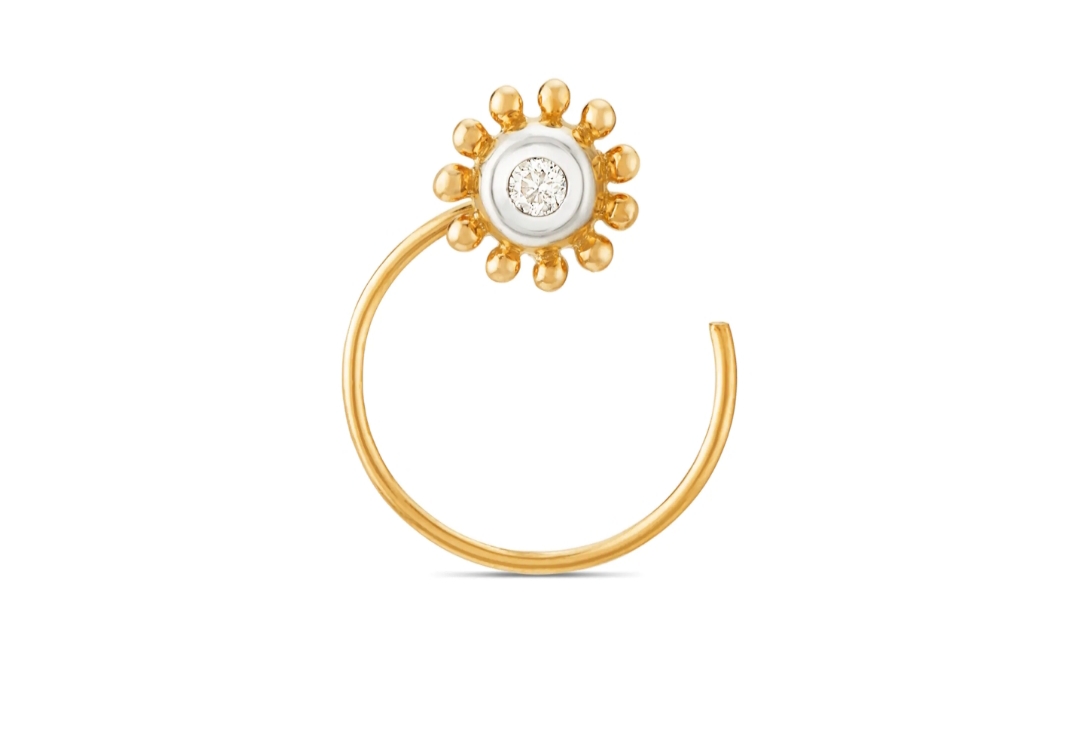Trending Now
- 830 voters names go missing in Kavundampalayam constituency
- If BJP comes to power we shall consider bringing back electoral bonds: Nirmala Sitaraman
- Monitoring at check posts between Kerala and TN intensified as bird flu gets virulent in Kerala
Health & Lifestyle
Heart Disease Kills More Women Than Breast Cancer
![]() March 9, 2018
March 9, 2018
High cholesterol, a risk factor for heart disease, affects nearly 1 in 5 American women who are at least 40 years old. Although heart disease is the No. 1 cause of death in women, there is little agreement on what to do about managing cholesterol.
A recent Centers for Disease Control and Prevention report found that 17.7 percent of women ages 40 to 59 had high cholesterol, as did 17. 2 percent of those 60 and older. That’s a higher percentage than men in the middle-age cohort (16.5 percent) and dramatically higher than men in the older cohort (6.9 percent).
The CDC report didn’t address why women are faring worse than men in the amount of cholesterol circulating in their blood. Women take cholesterol-lowering medications (the vast majority of which are statins) at somewhat lower rates than men: 26.2 percent vs. 30.1 percent, according to the CDC.
Some experts think those cholesterol levels are a reason to raise women’s awareness of heart disease risk factors; others think cholesterol gets too much attention already.
“More women die of heart disease than all cancers put together,” says Carl Pepine, a cardiologist at the University of Florida and a co-chair of the American College of Cardiology’s Cardiovascular Disease in Women Committee. And yet, he says, women are more worried about breast cancer.
Heart disease accounts for 1 in 4 deaths in women, according to the National Heart, Lung, and Blood Institute. However, cholesterol is not the only risk factor for heart disease. High blood pressure plays a larger role. (Age is a big factor, but there’s not much you can do about that.)
“In the hierarchy of things that contribute to cardiovascular risk, I’d put cholesterol way at the bottom,” says Rita Redberg, a cardiologist at the University of California at San Francisco.
“You can have high cholesterol and low cardiac risk,” Redberg says. Also, “you can have low cholesterol and high cardiac risk.”
Cholesterol is a risk factor in part because it is a component of the plaques that build up inside blood vessels, narrowing and stiffening them. This condition, called atherosclerosis, increases the chance of a clot blocking blood flow, which can result in a heart attack or stroke.
Cholesterol is an umbrella term for several subsets of fats that circulate in blood. There’s LDL cholesterol (often called “bad” cholesterol) HDL cholesterol (“good” cholesterol) and triglycerides. A blood test for cholesterol levels usually lists all three, in addition to total cholesterol.
The American Heart Association describes the interplay of bad and good cholesterol this way: “Think of LDL cholesterol as being like a family member who carries stuff all through the house and drops it along the way. HDL cholesterol is like someone who picks up the dropped stuff and puts it away. This (good!) person helps keep the house from becoming impassable.”
In the past, people were encouraged to keep their total cholesterol under 200 milligrams per deciliter. Current thinking is more nuanced, considering the interplay of LDL and HDL levels. Guidelines for when to begin cholesterol-lowering drugs are complex, taking into account overall risk profile for heart disease, including whether someone’s already experienced a cardiac event such as heart attack or stroke. Controversy continues among doctors about whether people who have only risk factors but no personal history of cardiac events should be treated with statins at all.
People can use a number of calculators to gauge their personal risk for heart disease. Pepine recommends the Reynolds Risk Score because it includes a measure of an inflammation called high sensitivity C-reactive protein. (Inflammation plays a role in atherosclerosis.)
Redberg recommends what is known as the Framingham calculator because it includes HDL cholesterol.
“HDL cholesterol is generally higher in women,” Redberg says. She adds that clinical guidelines for the treatment of high cholesterol tend to focus on the bad cholesterol, in part because that’s what the drugs target: Statins lower LDL cholesterol. By focusing on the bad, such guidelines overlook the good. And high levels of good cholesterol are associated with protection against heart disease.
There are some things people can do to lower cholesterol levels that are deemed too high. Quit smoking, get regular exercise, eat a healthy diet and maintain a healthy body weight. Those are four of the American Heart Association’s Life’s Simple recommendations for heart-healthy practices. The other three are knowing your numbers for blood pressure, cholesterol and blood sugar.
“Lifestyle changes should be the cornerstone of all management and prevention,” Pepine says. That means diet and exercise overhauls come first, before considering cholesterol-lowering drugs. Statins are effective at lowering LDL cholesterol, but they also can cause side effects, such as muscle pain and diabetes.
And even if you do take statins, it’s still important to exercise and eat healthfully.
A 2014 study examined nationwide surveys over a 10-year period when overall statin use doubled. In the first year studied (1999-2000), statin users ate fewer calories and less fat than other people, but by the last year (2009-2010), statin users were eating more calories and more fat. (These weren’t necessarily the same subjects; researchers used available survey data.) The researchers speculated that statin use makes people think they needn’t work so hard at eating a healthy diet.
There are good reasons to address heart disease risk in women. However, cholesterol may not be the best vehicle with which to do so, says Redberg.
As always, the best person to consult on your cholesterol levels is your doctor.























